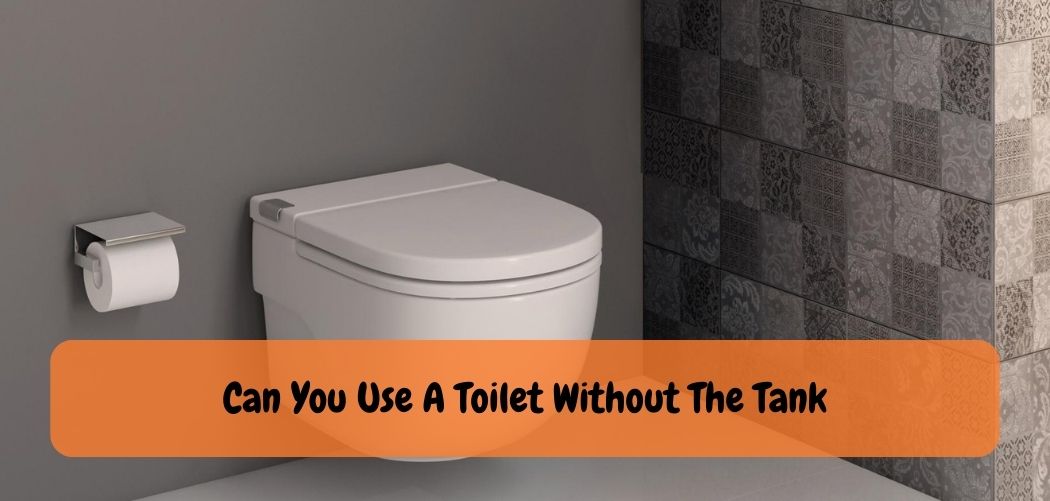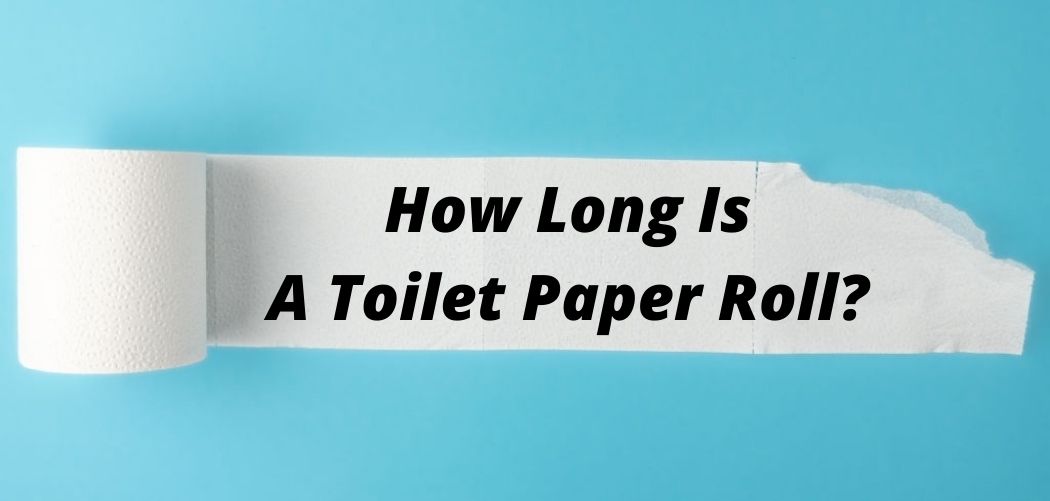Yes, it is possible to use a toilet without a tank. Toilet tanks are simply storage vessels for water, so with no tank, a toilet can still function correctly.
Welcome to the world of tankless toilets, where the familiar sight of a toilet tank is nowhere to be found. But wait, can you actually use a toilet without the tank? The answer is a resounding “yes.” In this introductory exploration.
We will dive into the innovative realm of tankless toilets and discover how they function without the traditional water reservoir we have grown accustomed to. From understanding the mechanisms behind their operation to exploring the benefits and limitations of these modern fixtures.
Join us as we unravel the mystery of toilets without tanks and explore the possibilities they bring to the realm of bathroom design and efficiency. Get ready to flush away your preconceptions, as we take you on a journey into the realm of tankless toilets and their unique approach to revolutionizing the bathroom experience.
Tankless Toilets: An Overview
A tankless toilet, as its name indicates, is a toilet without a tank. It is an innovative technology that has started to gain popularity in recent years. Unlike traditional toilets, which rely on a large water tank to flush the waste away.
Tankless toilets work by using a small electric pump to move the wastewater through a specially designed drain line. One of the main advantages of a tankless toilet is its compact size, which is ideal for small bathrooms and spaces where a traditional toilet may not fit.
Additionally, tankless toilets are eco-friendly, as they use less water per flush. Finally, they are also easier to clean and maintain, making them a convenient choice for homeowners.
Can You Use a Toilet Without the Tank? An Informative Guide
The concept of a toilet without a tank may sound unfamiliar and even counterintuitive to many, as the tank is a well-known feature of traditional toilets. However, tankless toilets do exist and are becoming increasingly popular for their innovative design and water-saving capabilities.
In this informative guide, we will explore the world of toilets without tanks, shedding light on how they operate, their benefits, and the considerations to keep in mind when considering this modern bathroom fixture.
1. Understanding Tankless Toilets:
A tankless toilet, also known as a tankless or flush-valve toilet, operates differently from its traditional counterpart. Instead of relying on a tank to hold and release water during flushing.
A tankless toilet uses a flush valve mechanism to deliver a direct and powerful flow of water into the bowl. This mechanism eliminates the need for a reservoir and allows for a more compact and space-efficient toilet design.
2. How Tankless Toilets Work:
In a tankless toilet, the flush valve, typically located at the bottom of the bowl, is connected directly to the water supply. When the user activates the flush, the valve opens, releasing a pressurized stream of water that swiftly removes waste from the bowl.
Once the user releases the flush handle or button, the valve closes, stopping the water flow. This efficient process requires less water than traditional toilets, making tankless toilets more environmentally friendly and cost-effective in the long run.
3. Benefits of Tankless Toilets:
a. Water Efficiency: Tankless toilets are designed to use only the necessary amount of water for each flush, which can significantly reduce water consumption compared to traditional toilets with tanks. This water-saving feature contributes to conservation efforts and helps lower utility bills.
b. Space-Saving Design: Without the bulk of a tank, tankless toilets offer a sleek and compact design, making them ideal for smaller bathrooms or spaces where maximizing square footage is essential.
c. Easy Maintenance: Tankless toilets have fewer components than traditional toilets, resulting in simpler maintenance and potentially lower repair costs over time.
d. Modern Aesthetics: Tankless toilets often boast a contemporary look that complements modern bathroom designs, making them a popular choice for those seeking a more updated and stylish bathroom fixture.
4. Considerations Before Choosing a Tankless Toilet:
a. Water Pressure: Tankless toilets require adequate water pressure to function effectively. If your water pressure is low, the toilet may not flush efficiently, leading to incomplete waste removal.
b. Installation: Installing a tankless toilet may require professional assistance, as it involves specific plumbing connections. Ensure your bathroom’s plumbing is compatible with a tankless toilet before making the switch.
c. Initial Cost: While tankless toilets can lead to long-term savings, they often come with a higher initial cost compared to traditional toilets. Consider your budget and the potential benefits before making a decision.
d. Power Outages: Some tankless toilets rely on electricity to power their flushing mechanisms. In the event of a power outage, the toilet may become inoperable until power is restored.
Also Read: How Many Litres is a Standard Toilet?
Are Tankless Toilets Right For You?
Tankless toilets are becoming more popular, but are they right for you? There are several factors to consider when making your choice.
Water consumption is an important factor as it can save you money in the long run. Installation and maintenance are also important factors to consider, as tankless toilets often require more specialized installation and maintenance.
Cost is also a factor, as tankless toilets tend to cost more upfront. When comparing tankless toilets to traditional toilets, performance, installation.
Maintenance should also be taken into account. Ultimately, it depends on your needs and preferences as to whether or not a tankless toilet is the right choice for you.
Frequently Asked Questions Of Can You Use A Toilet Without The Tank?
What Is A Toilet Tank And Its Function?
A toilet tank is a container that holds water used to flush waste from a toilet bowl. When you press the flush lever, the water flows from the tank into the bowl, pushing the waste through the drain pipe.
Can A Toilet Work Without A Tank?
Yes, you can use a toilet without a tank. There are toilets that have tankless designs called tankless or flushometer toilets. They use pressurized water directly from a plumbing system to flush waste from the bowl.
How Does A Toilet Without A Tank Work?
A toilet without a tank uses pressurized water directly from a plumbing system to flush waste from the bowl. The valve installed on a flushometer toilet controls the water supply and flushes the waste through the drain pipe.
What Is The Difference Between A Toilet With A Tank And One Without A Tank?
The primary difference is the way they deliver water to the bowl. Toilet with a tank supplies water to the bowl from the tank, while a tankless toilet delivers water to the bowl straight from the pipes. Tankless toilets use less water per flush.
Are There Any Downsides To Using A Toilet Without A Tank?
One potential downside is that tankless toilets are typically louder than toilets with tanks due to the pressurized water used for flushing. Another consideration is that they might require more frequent repairs since they have more intricate parts than traditional tank toilets.
Conclusion
To conclude, using a toilet without a tank is possible but it comes with some challenges. While these types of toilets are mostly seen in prisons, rvs, and other small spaces, some people have found them to be a great addition to their homes.
However, they require proper installation, regular maintenance, and careful usage to prevent clogs and leaks. Additionally, since they lack flushing mechanisms, they may not be ideal for households with multiple users or for those who prioritize water conservation. If you’re considering a tankless toilet for your space, be sure to weigh the pros and cons carefully and consult with a professional plumber for advice and installation.
Overall, with the right precautions and knowledge, using a toilet without a tank can be a convenient and functional choice.










